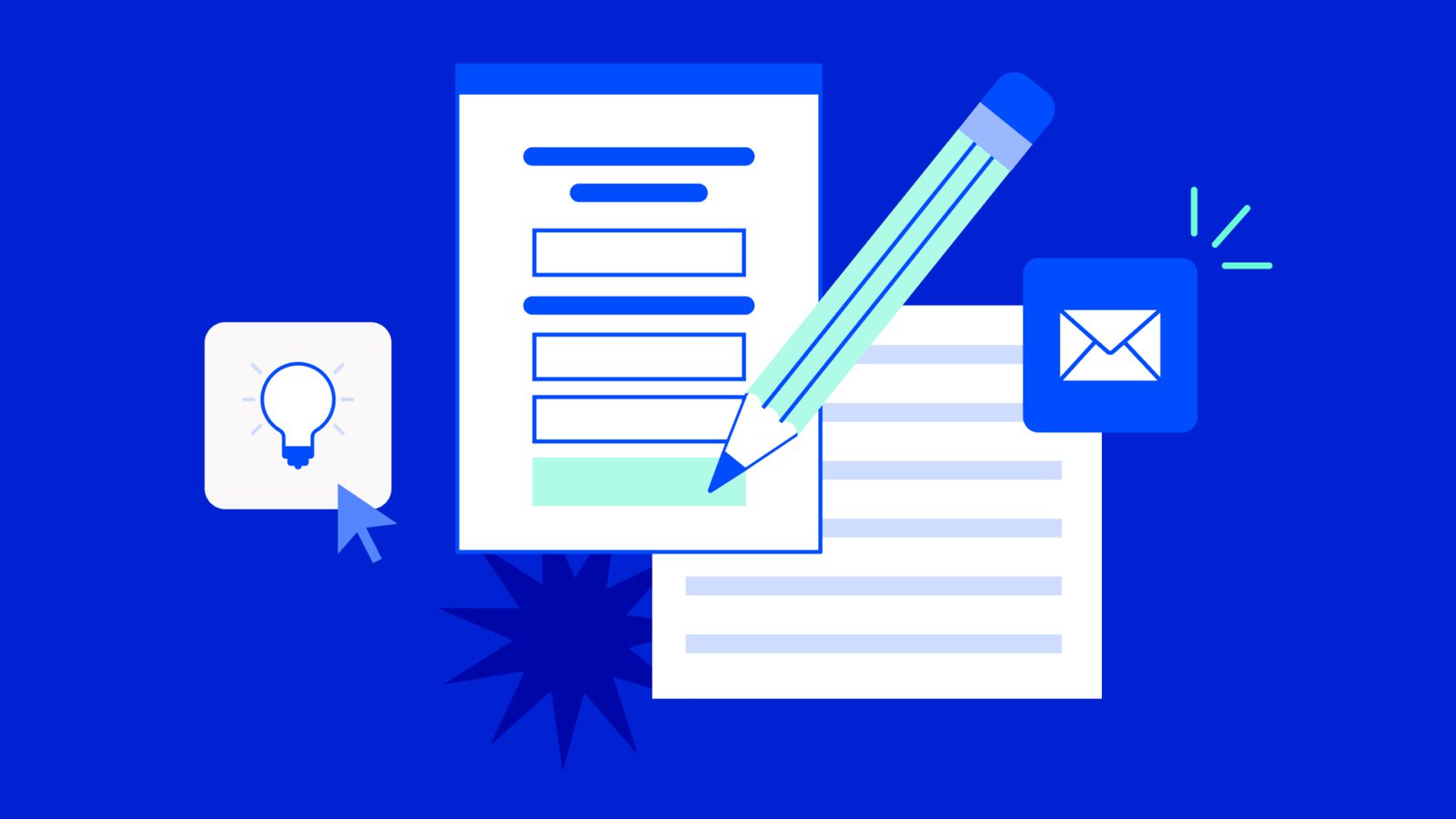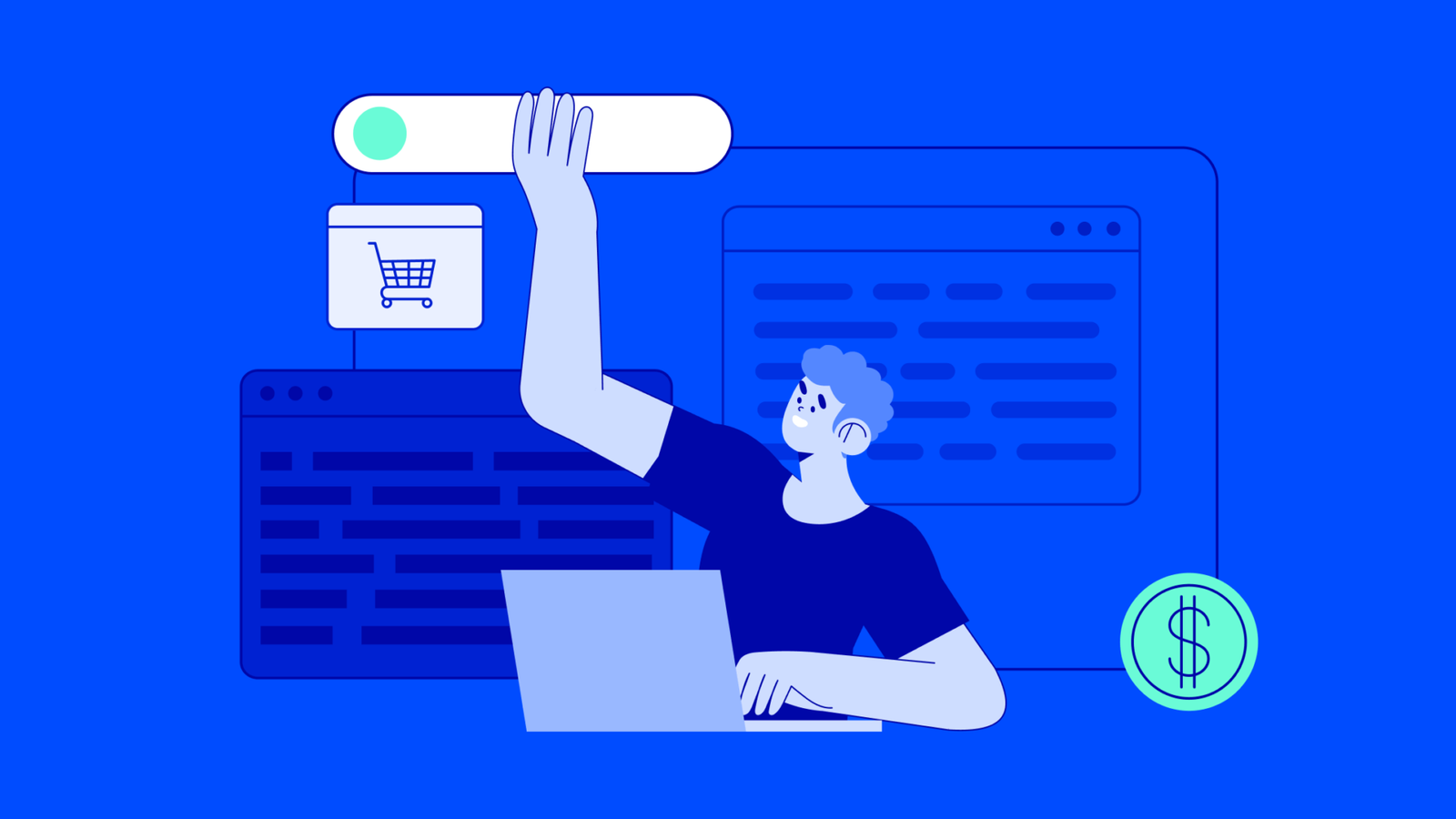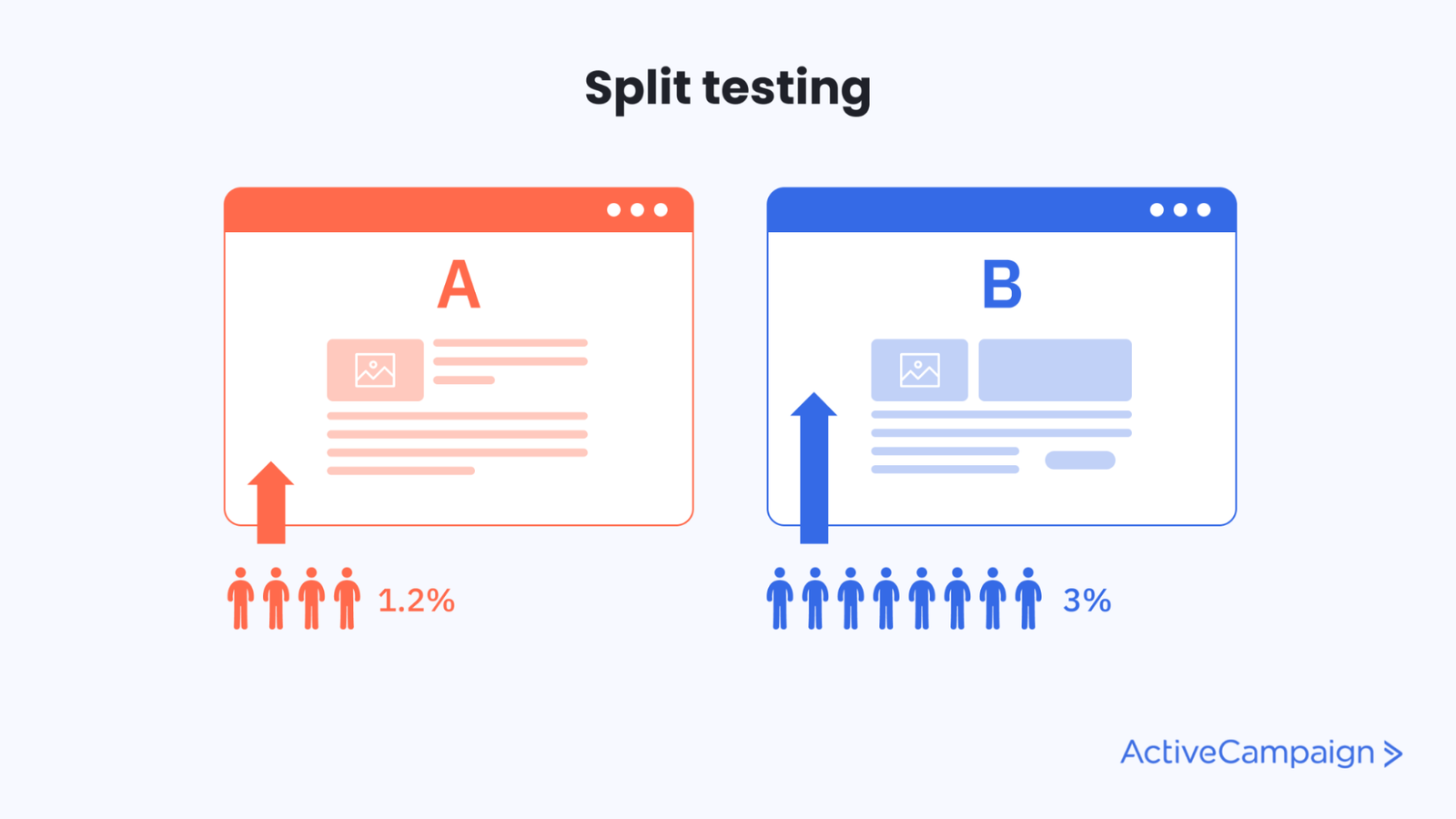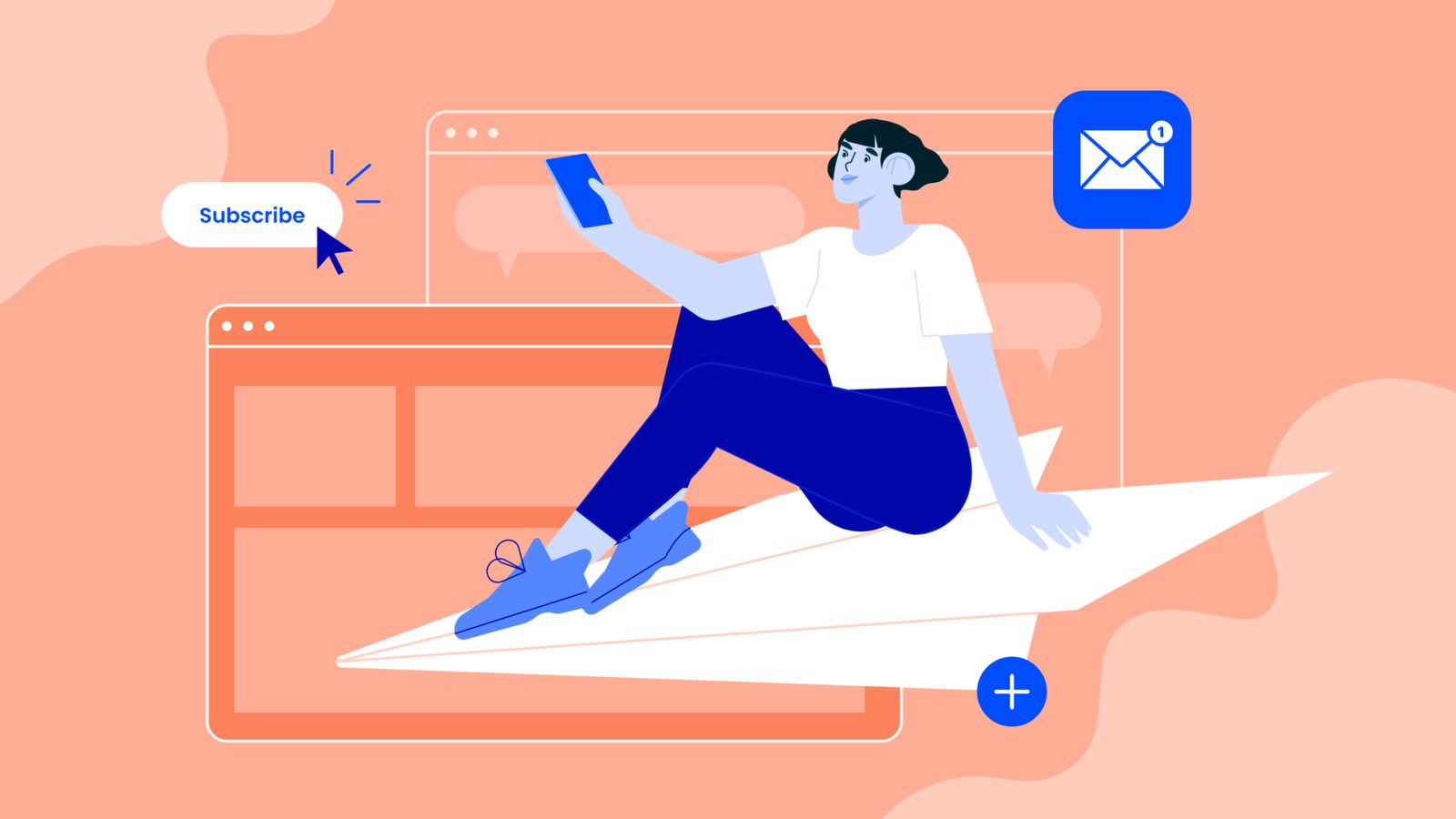Have you ever sent out a sales email only to be met with silence? It's like a digital echo in the void—frustrating and disheartening. But before you chalk it up to a lack of interest, consider this: with the average person bombarded by a deluge of emails daily, your message may have simply been lost at sea. The solution? A strategic follow-up email can be your beacon, guiding your offer back to their attention.
Statistics reveal a stark reality: an opening email alone garners a modest 9% reply rate on average. Yet, by integrating just one follow-up message, you catapult your average reply rate to around 13%. The sweet spot? Two to three follow-up emails, with the first follow-up netting a whopping 40% higher reply rate compared to the initial outreach. And while persistence is key, the art of the follow-up is in the timing—not the frequency.
It's a game of patience and precision—too soon, and you risk appearing overeager; too late, and the moment has passed. With 44% of salespeople abandoning their efforts after a single follow-up, those who persevere are the ones who often seize the sale, especially since 50% of buyers choose the vendor that responds first.
This article is your comprehensive guide to mastering the follow-up email. From the nuances of crafting the perfect message to understanding why they're critical in a saturated inbox world, we've got you covered. Plus, we'll share top-notch follow-up email samples to elevate your sales strategy and ensure your messages never go unanswered again.
This article is part of our Perfect Email series. Click here for a complete guide on how to write an email, templates for different types, and formatting tips to boost your engagement.
What are follow-up emails, and why are they important?
A follow-up email is an email you send to someone you've already contacted. This could be for various reasons, including alerting a recipient of the initial email, requesting a reply or specific action from them, or reminding them of an important date.
The purpose of follow-up emails isn't to initiate a conversation but rather to act as a prompt or reminder. As such, it's best to keep follow-up emails short and to the point by including only the most essential information.
Not only does this come across as more professional, but it also makes it easy for the recipient to read and respond to your email quickly without taking too much time out of their busy schedule—which we all appreciate.
The Essence of Follow-up Emails
Picture your initial email as the launch of a vessel on its maiden voyage. In a sea brimming with messages, follow-up emails are the seasoned navigators, steering your conversation back on course. These emails are the echoes of your voice in the digital expanse, a reminder that your message matters and awaits a safe harbor in your recipient's attention.
The Craft of Recalling: Mastering the Follow-up Email
The mastery of follow-up emails lies in their purposeful brevity and focus. They are not the sprawling maps of new territories but rather the compass points that guide one back to the trail. With each follow-up, you offer a clear, concise signal—a beacon to pierce through the fog of a cluttered inbox, reminding your recipient of the treasure that lies in your correspondence.
The Unsung Heroes of Communication: Follow-up Emails
Imagine navigating the vast sea of digital communication, where your initial message is a ship setting sail in search of a harbor. But amid the daily storm of over 300 billion emails, your vessel risks being lost. This is where follow-up emails shine as lighthouses, guiding your message safely to its intended recipient.
Navigating the Why and When of Follow-up Emails
A follow-up email isn't just a second chance to say hello; it's a strategic nudge, a gentle reminder of your presence in the recipient's crowded harbor. Whether it's to signal a previous email, request a needed response, or highlight a looming deadline, these emails serve as timely beacons, illuminating the path for a busy reader back to you.
Designing a Beacon: Crafting Effective Follow-up Emails
In the art of follow-up, brevity is your ally. A concise, pointed message respects the recipient's time and stands out in a sea of verbose communications. It's not about starting a dialogue afresh but providing a subtle prompt that calls for easy and swift action.
Why Your Follow-up Email Could Be the Most Crucial
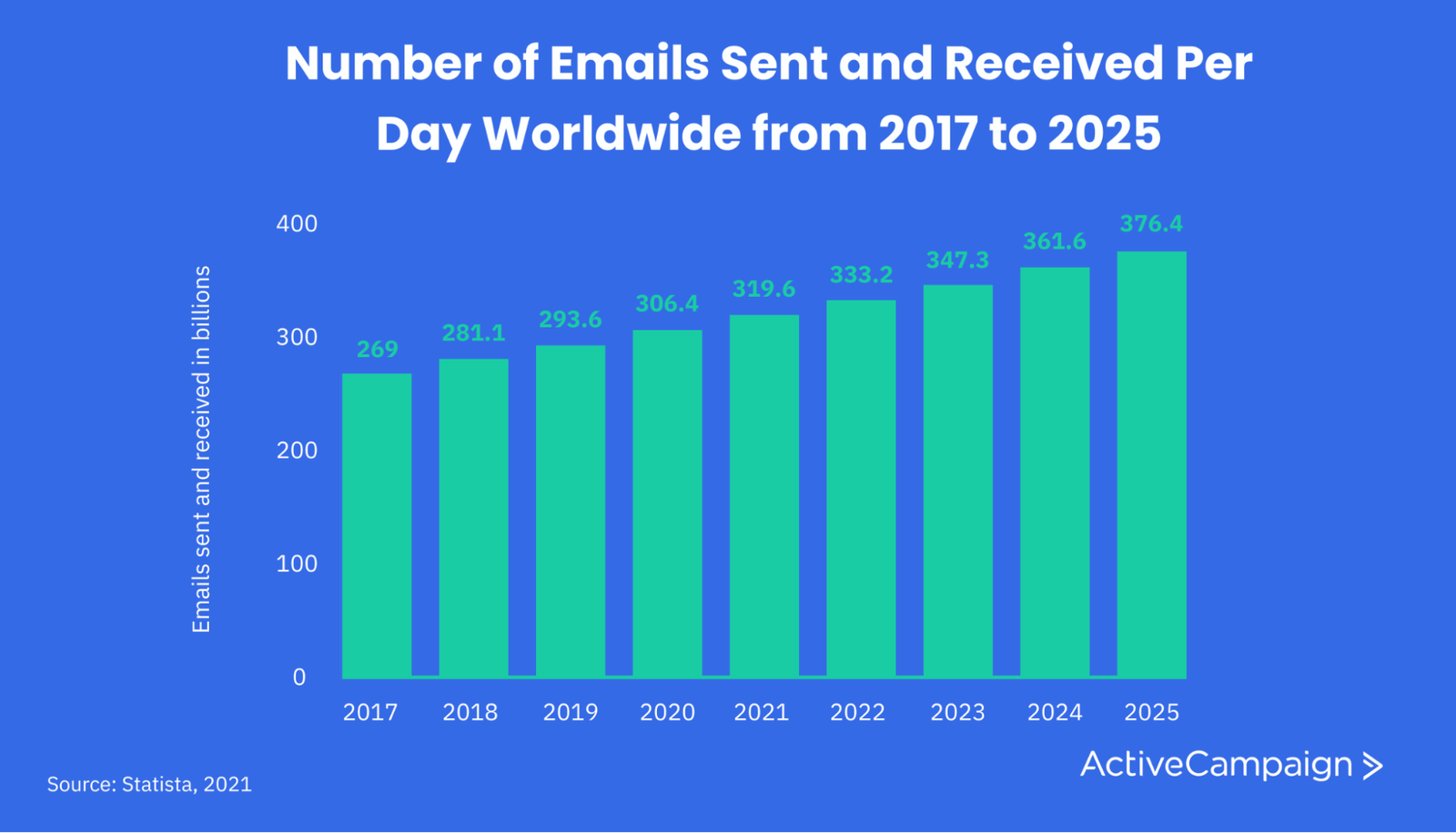
Consider the digital landscape of 2020: a staggering 306.4 billion emails sent daily. Yet, an alarming number never grace the eyes of their intended audience. The culprit? A combination of overwhelming inbox traffic and the void of undelivered messages.
Lost or Never Found: The Plight of Unseen Emails
In the world of email marketing, even the most engaging content is rendered powerless if it doesn't reach its destination. With the delivery rates in some industries dipping below 90%, it's a stark reminder that your email may either be a needle in a haystack or not even in the stack to begin with.
Charting a New Course with Follow-up Emails
By embracing the power of the follow-up, you're not just tossing another message into the void; you're strategically placing a marker for your recipient to find. It's the difference between being unseen in a sea of messages and catching the eye of your prospect just when they're ready to engage.
With follow-up emails, you reclaim the narrative of your communication, steering it back into the spotlight and significantly boosting your chances of a fruitful exchange.
Now that we've set the scene and emptied our nautical metaphor bin let's dive straight into the practical details of crafting follow-up emails that truly resonate with your audience.
How to write a follow-up email
Here are the six steps you can follow to write the perfect follow-up email.
1. Determine your goal
The first thing you need to do is determine what you want to achieve with your follow-up message.
Here are a few objectives to consider, and remember, each email you send is a trigger event that could lead to a fruitful relationship with a potential client—it's all about the key takeaways they get from your message.
- Request a meeting: Do you want to meet with your potential client to pitch a product idea, receive feedback, or simply touch base?
- Get information: Did you forget to ask your recipient a question during your previous meeting or email and need clarity? Or, perhaps, you want to determine whether you made a sale.
- Thank your recipient: Do you simply want to show your gratitude? Saying thank you to your recipient may not always require immediate action, but it does leave them with a positive impression of your brand—which could result in brand trust and loyalty.
- Catch up with your recipient: Has it been a while since you spoke to a connection? Or, perhaps you heard big news about their company that created a need for your products/services. They might be in the right situation to finally take you up on your offer.
By being clear on your goal, you'll be able to write a better and more relevant email and know what call to action (CTA) you need to use to get your recipient(s) to take action.
2. Start the email with context
74% of customers become frustrated when their email communication experience isn't personalized.
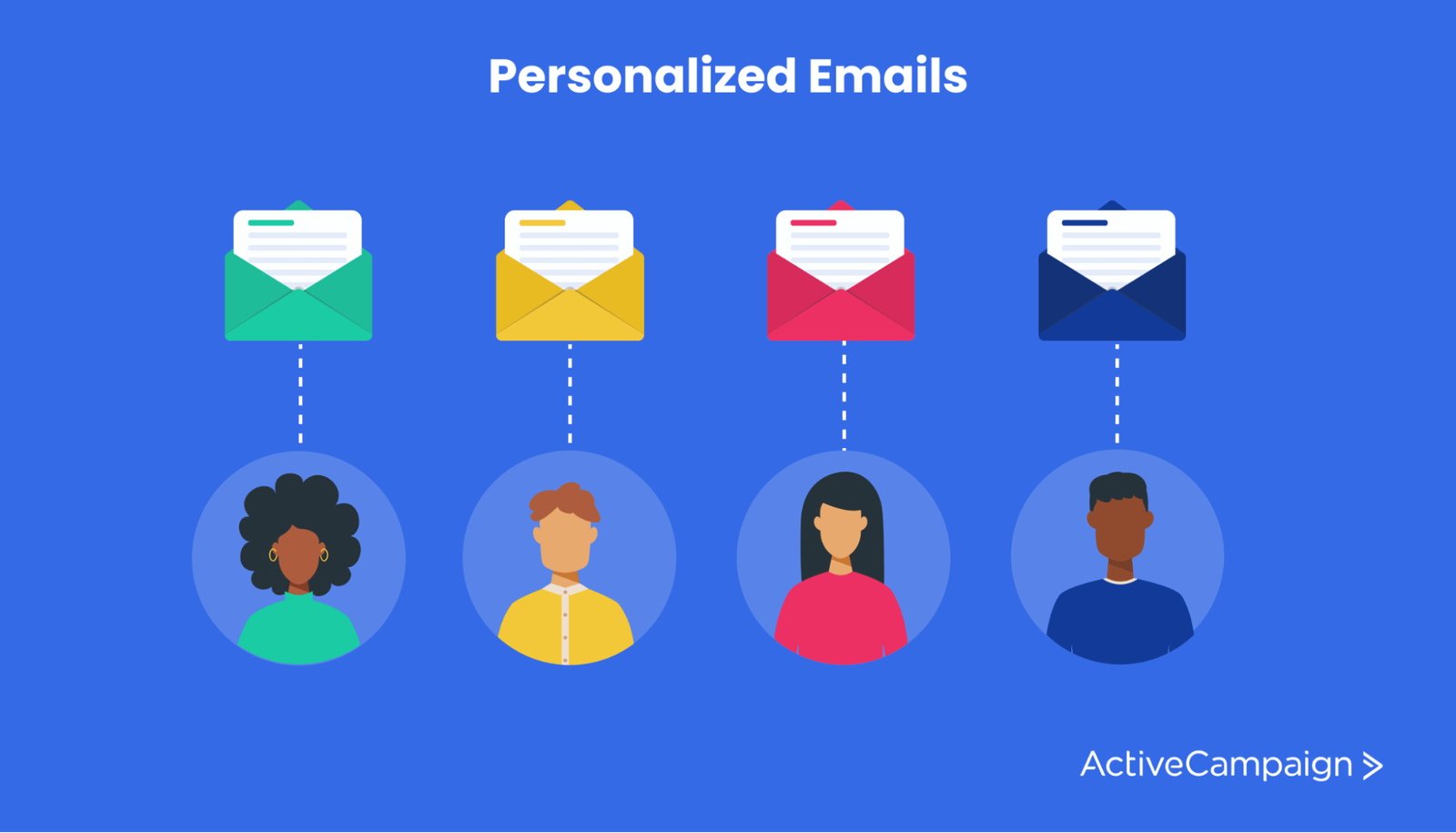
This is true for automated follow-up emails, such as sales and marketing emails sent to an entire segment of your audience and once-off emails sent to a single person to connect with them.
That's why it's vital to include a personal connection in your email. There are many ways to achieve this, including adding identifiers (such as the recipient's name), talking about common interests, or mentioning a specific action the recipient took.
Here are some great email openers or introductory lines that provide context:
- Last time we spoke about [topic]
- We met at the [event name] last week
- Our friend, [friend's name], suggested that I reach out to you
- I'm following up in regards to the email I sent to you a few weeks ago about [topic]
- Thank you for your help with the [topic]
3. Explain why you’re emailing
After you've effectively provided context in your email's introductory line, it's time to explain why you're emailing. By stating your purpose early on, your email will appear more trustworthy instead of spammy and vague.
For example, instead of saying, “I'd like to meet with you to explain what I can do for your business,” you should say, “I'd like to meet with you to explain how my services can help [their business name] convert more website visitors through an effective lead magnet strategy.”
Being specific will help your customers feel you know what you're talking about and not just wasting their time. As a result, they'll be far more likely to respond or take you up on your offer.
Remember that it's important for you to focus on them and how you can help their life or business improve.
4. Craft an attractive subject line
47% of email recipients open emails based on subject lines. This means that subject lines are one of the most important—if not the most important—parts of your entire email.
There are different practices for writing a compelling subject line, but 1 of the best ways is to write your subject line after you've written everything else.
This is because your email's opening line, content, and CTA play a crucial role in writing a subject line that isn't only eye-catching but also encompasses everything inside your email in a single line.
Here are some tips for crafting a good follow-up email subject line:
- Keep your subject line short and to the point:Email subject lines with 6-10 words tend to have the highest open rate.
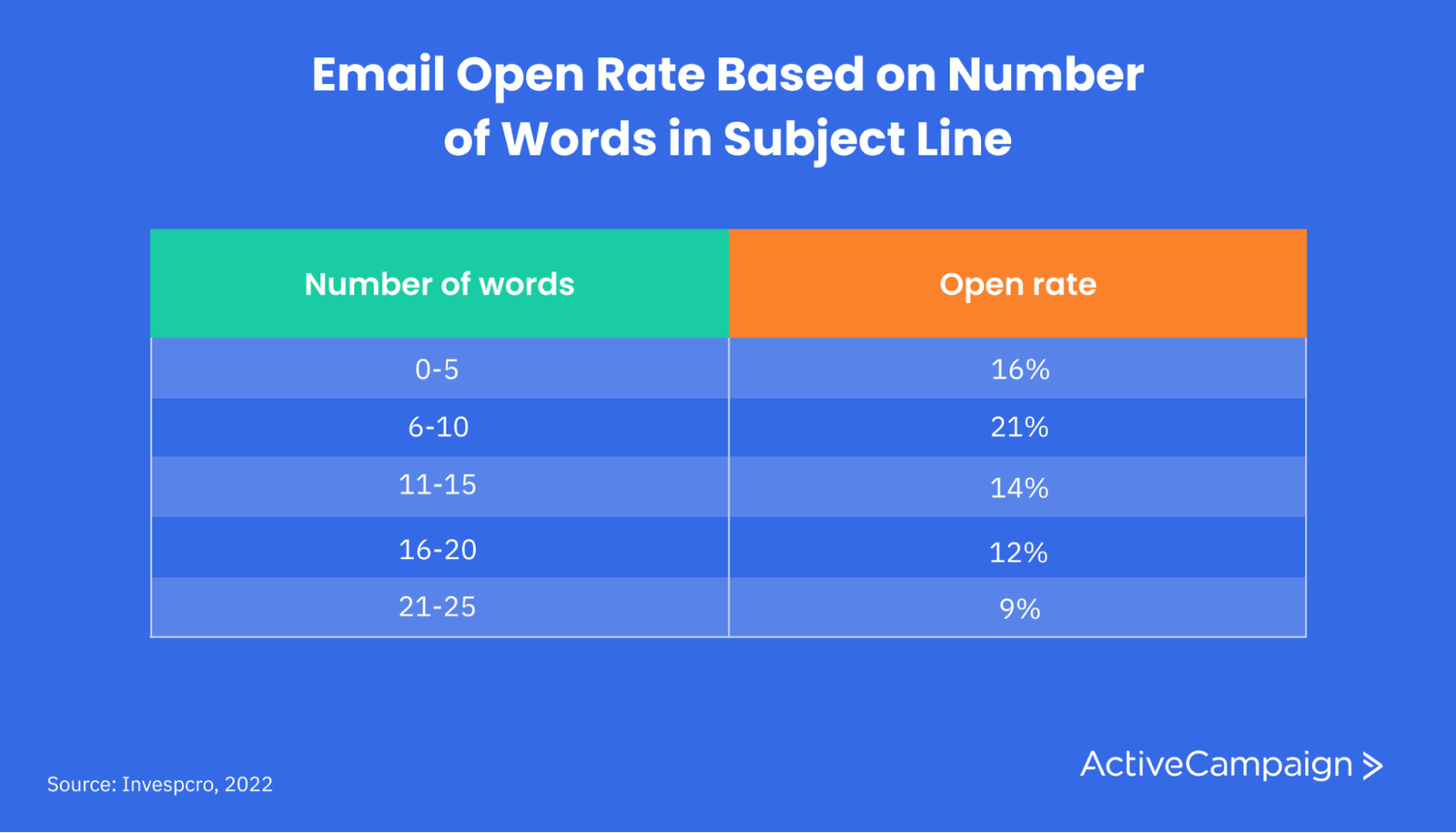
- Use concrete numbers, times, and places:If you met the recipient at a specific place, include it. If you have specific data or numbers in the content, mention them.
- Try to include the recipient's name:Emails with the recipient's name in the subject line tend to have a higher open rate.
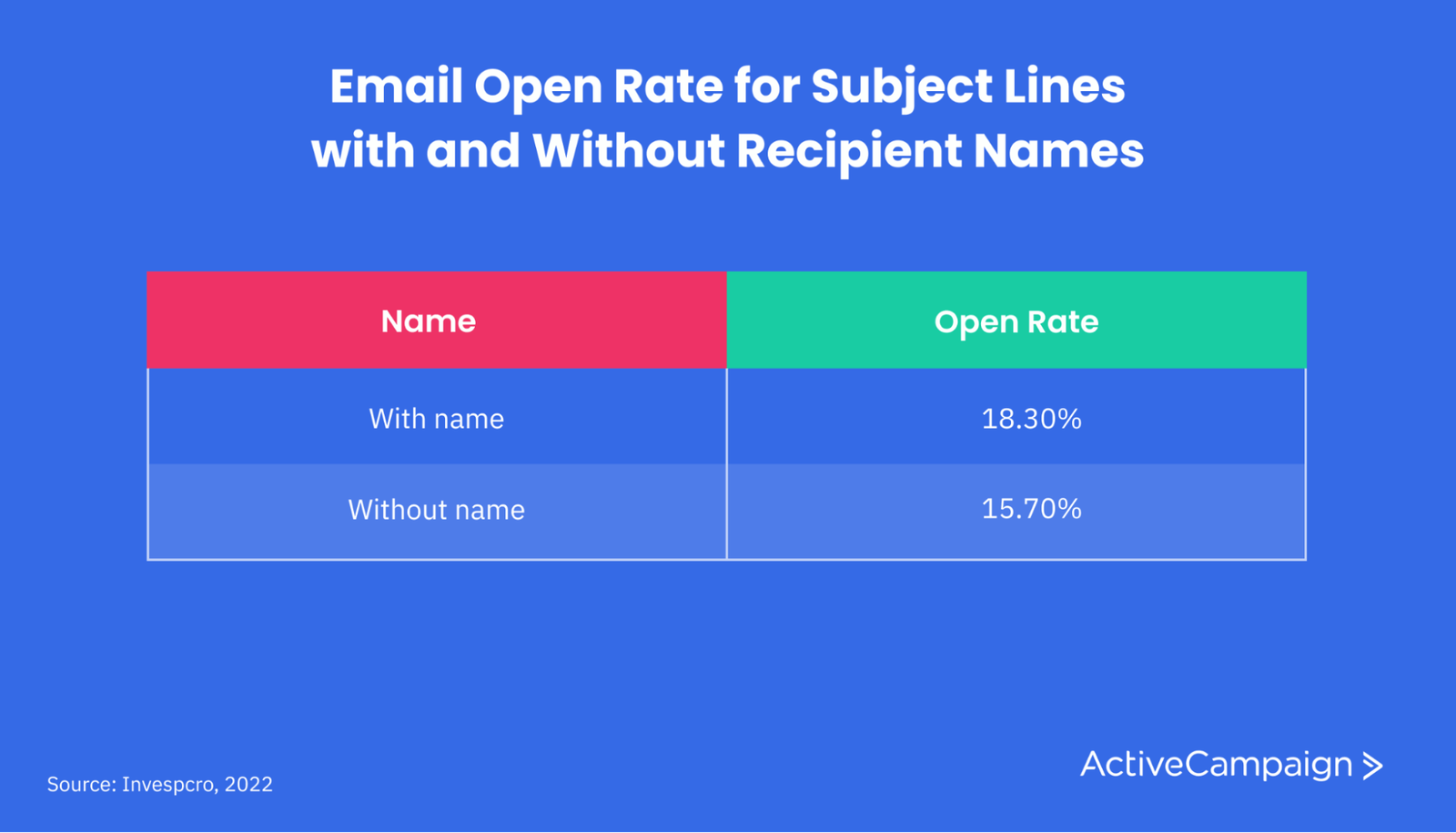
Use our free email subject line generator to create effective subject lines for all your follow-up emails.
5. Include a call-to-action (CTA)
You need to make it as easy as possible for your recipient to respond to your email. This is where a CTA comes in.
The type of CTA you use will depend on the goal of your email. Do you want your recipient to:
- Book a meeting?
- Buy your product?
- Give you additional information or feedback?
Based on your goal and email content, you can craft a CTA that makes sense in the context and gives the recipient clear instructions on what they need to do next. For example:
- If you're requesting a meeting, a great CTA to include is a meeting schedule button where they can directly schedule a meeting based on the time that suits their and your schedules.
- If you're asking your recipient to read 1 of your posts and give you feedback, include the link to that post in your email.
- If you're asking a lead to try out your free trial, include a “try free trial” button that automatically redirects them to your site's free trial landing page.
6. Send your emails
After writing your entire follow-up email, including your subject line, opening line, content, and CTA, you need to determine the best time to send it.
Based on the circumstance, you'll need to send it during a specific time to ensure that it's still relevant to the recipient—while also ensuring that you're not sending the email too soon or frequently that it ends up annoying them.
Here are some basic guidelines on the best times to send follow-up emails based on the type of email:
- Thank you emails should be sent within 24 hours.
- Reminder emails (after sending important documentation such as job applications) should be sent within 48 hours.
- Follow-up emails on meeting requests should be sent within 1-2 weeks of the original email, depending on the urgency of the request.
- Catch-up emails (to catch up with a past connection or when something has changed in their business) should be sent every three months.
Note: if automating the emails, always give a clear way to opt-out
ActiveCampaign automatically allows your subscribers to opt out—so you don't have to worry about getting into trouble.
Save Time on Follow-Up Emails
Follow-up email samples
Here are some samples for different types of follow-up emails. Pay special attention to the subject line examples and how to write a polite follow-up email. The last thing you want is for a potential customer to get mad and send your email to spam.
Sales follow-ups
Scenario 1: Following up after not getting a response
Highlights:
- Crafting an attractive subject line
- Explaining why you’re emailing
Subject line: Checking in re: [short phrase that covers what your last email was about]
Hi [First name]
I hope you're doing excellent. I didn't hear back from you about [the email you sent] and thought I'd check in.
Have you been too busy to get back?
Have you found another [service/product provider]
Is it just not the right time?
Let me know if you'd like me to circle back with you in the future when it's a better time or, if you've found another [service/product provider] and no longer require my services, or if it would be helpful to have my contact details for any additional questions you might have.
Many thanks,
[Your name]
Scenario 2: Someone asked you to follow-up later
Highlights:
- Start the email with context
- Include a CTA
Subject line: Ready to continue the conversation [First name]?
Hi [First name]
Last time we spoke, you asked that I get in touch with you in [amount of time] regarding [topic]. So, I wanted to reach out and see if you've had a chance to look at [your proposal] and what we previously discussed.
I'd be more than happy to do a quick recap over the phone so you can ask me any questions you may have.
Let me know what your calendar looks like this week so we can schedule a call.
Looking forward to hearing from you,
[Your name]
Networking follow-ups
Scenario 1: Following up after your initial meeting at a networking event
Highlights:
- Explain why you’re emailing
- Start the email with context
Subject line: Great meeting you at [event name]
Hi [First name]
It was great meeting you at [where you met them]. I loved hearing about your business and all that it's accomplished. Regarding the [something they mentioned they're struggling with], I'm confident that I can help you [problem you can solve] so you can [what they want to achieve]
Are you available to chat next week?
Let me know what time works for you.
Looking forward to hearing from you,
[Your name]
You can easily import contacts into ActiveCampaign's automation to follow up with people you've met face-to-face at networking events who showed interest in working with you.
Scenario 2: Following up after a call or meeting to move on to the next step
Highlights:
- Start the email with context
- Include a CTA
Subject line: Next steps for [project name]
Hi [First name]
It was great chatting with you the other day and learning more about [their company name] and expectations. I'd love to start working on [project name] so you can get [results they want]
As discussed, I've attached a form for you to fill out. The next step is to [short sentence of the next step in the process]
Please fill out the form at your earliest convenience so we can move to the next step.
Looking forward to working with you,
[Your name]
Recruitment follow-ups
Scenario 1: Company following up with candidates post-interview
Highlights:
- Start the email with context
- Explain why you’re emailing
Subject line: Thanks for coming in for your interview yesterday [First name]
Hi [First name]
I wanted to drop you a line to thank you for coming in for your interview yesterday. The team and I really enjoyed meeting you and hope you enjoyed the process, too.
We'll be taking the next few [days/weeks] to determine who the best candidate for the [job title] will be and will have an answer for you by [date]
In the meantime, please don't hesitate to ask any questions about the role or process by email or phone.
Otherwise, we'll be in touch soon.
Many thanks,
[Your name]
Scenario 2: Freelancer or independent contractor following up with a company on a proposal
Highlights:
- Explain why you’re emailing
- Include a CTA
Subject line: Following up on my proposal
Hi [First name]
I'm checking in to see if you've had a chance to look at my proposal. It makes sense for us to work together to get [mention their desired result in a short sentence] for your business.
I've attached a link to my website and samples of [type of work that you do that's relevant to their business] that I've done in the past, in case you want to see examples of my work.
Looking forward to hearing from you, [First name]
Kind regards,
[Your name]
Expert tips for follow-up emails
Here are a few tips you can implement to get the most out of your follow-up emails.
Test different emails
"If you double the number of experiments you do per year, you’re going to double your inventiveness." -Jeff Bezos
If you're sending out follow-up emails on a big scale, you can implement A/B testing to make your emails as effective as possible. This is when you split your traffic into two different versions of an email and compare which performs better.
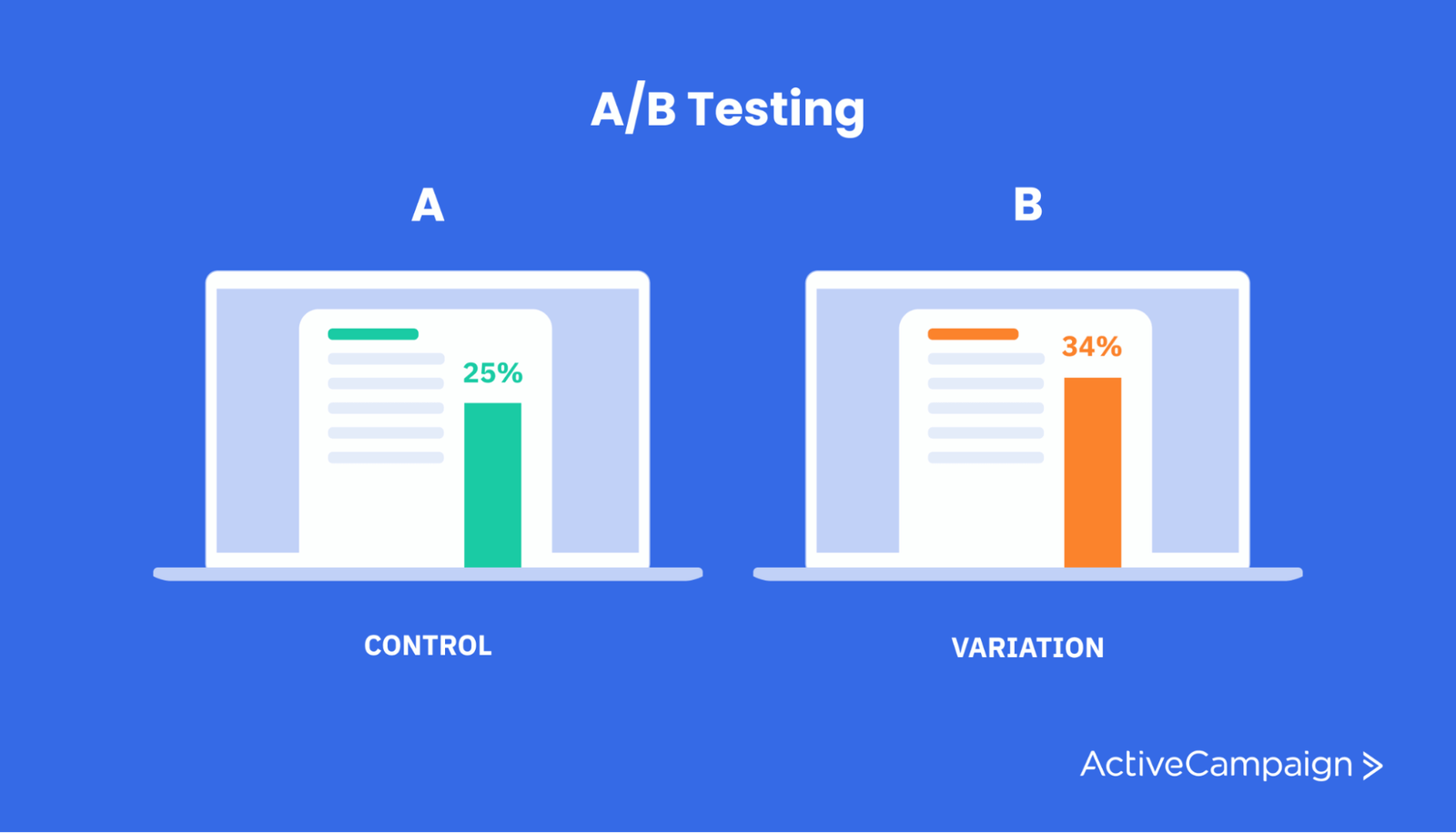
A/B tests will help you determine which subject lines, content, CTAs, or any other email elements perform the best. As a result, your email click and conversion rates will grow exponentially.
Use videos in your emails
“Using video to connect with a prospect is so much more than a cold call. It humanizes the selling process.” -Jill Rowley
The use of video in email marketing has become increasingly important, which is why 86% of businesses use video as a marketing tool. By including video in your emails, consumers are far more likely to retain the information in your email.
Eliminate certain phrases
"Why waste a sentence saying nothing?"
-Seth Godin
Don't use phrases such as “I apologize for bothering you,” “If it's not too much trouble.” or “If you'd be so kind as to” in your emails. This immediately gives the email recipient the impression that you aren't confident—which in their minds indicates a lack of experience or weak offering.
Instead, be confident in your email and show the recipient you're the ideal solution to their problem.
Frequently Asked Questions
How many follow-up emails should you send?
For cold email campaigns, you should aim to send no more than three follow-up emails to avoid annoying your potential customers. If three isn't enough, you can always use other platforms, such as LinkedIn or Twitter, to communicate with your prospects on a personal level.
On the other hand, you can send more emails for warm follow-ups. However, remember to give enough time between your previous and next emails to avoid annoying your recipient.
Can I automate my follow-ups?
Yes, you can automate your follow-up emails. This is especially useful if you're sending emails to a larger group of people. Learn how to create an automated follow-up email sequence in 7 steps.
Create your follow-up emails
In the sea of daily emails flooding inboxes, your follow-up emails can be the beacon that guides recipients back to your message (Okay, I had one more in me). Mastering the art of follow-up is not just about persistence; it's about tactful engagement and providing value that resonates with your prospects. By using the steps and samples in this guide, you and your sales teams can transform your follow-up emails from mere afterthoughts into powerful tools for connection and conversion.
Remember, the key to successful follow-up emails is to be clear, concise, and considerate of the recipient's time and needs. Whether through personalized subject lines or compelling calls to action, each follow-up is an opportunity to demonstrate your commitment to addressing their specific challenges and goals.
For those ready to elevate their follow-up strategy, we've got just the toolkit you need. Access our collection of free sales follow-up email templates designed to capture attention and drive meaningful responses. With these resources at your fingertips, you're well on your way to enhancing your sales efforts and forging stronger relationships with your prospects.

